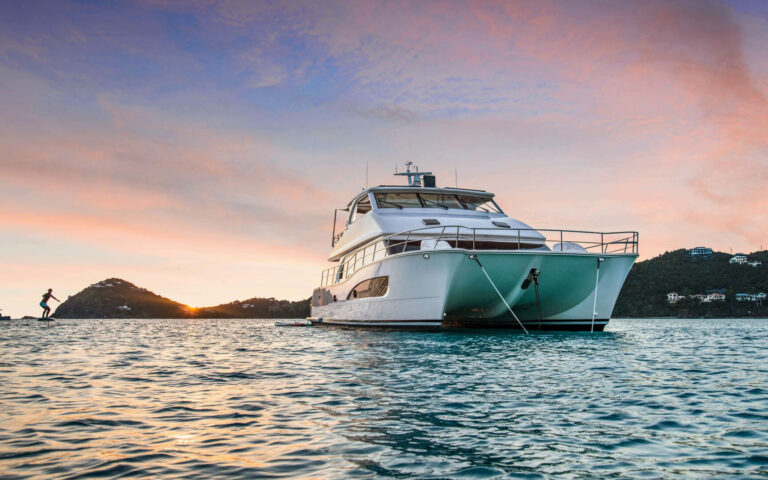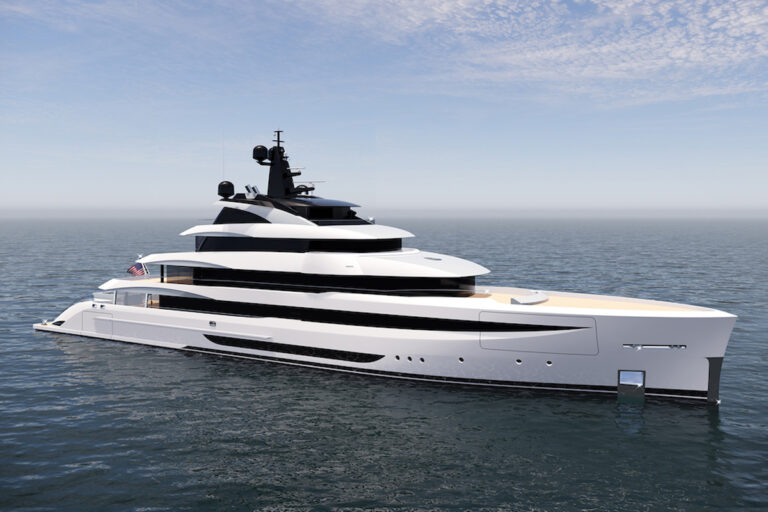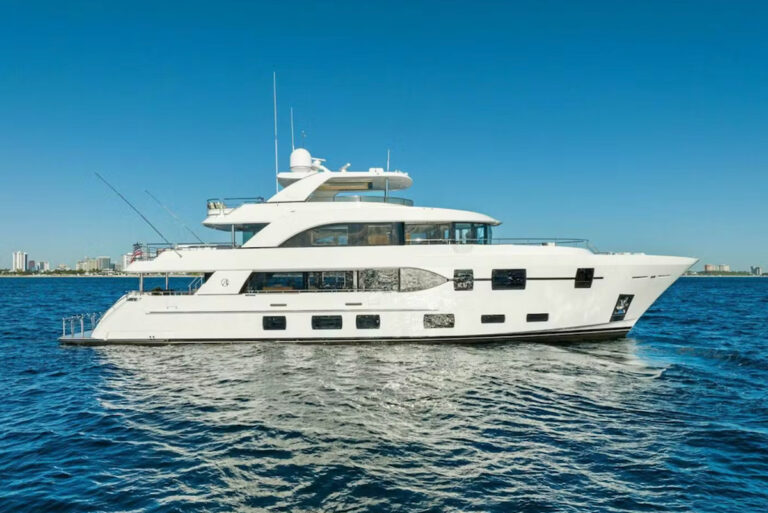Anhinga, our 37-foot Bertram, and I had been successfully dodging the odds. Equipped with radar and a healthy respect for the elements, I had steered clear of lightning for 13 years. However, Mother Nature is a clever wench, and she nailed me when I wasn’t looking. I was at a boat show and Anhinga was tethered “safely to our dock”.
Nelia, my wife, sounded the alarm shortly after I dropped my seabag at the front door. “What’s with Anhinga‘s sideband antenna? she asked. “Did you forget to put it down for the bridge again?
“Err I don’t think so? Closer inspection revealed that Nelia’s assessment was, at best, optimistic.
The antenna, split down the middle and doubled over, had been more or less macerated. While the insulated conductor was still secured at its base, the connection at the antenna tuner had parted, and the tuner itself looked as though it had been barbecued. While careful study would later reveal the full extent of the damage, my immediate concern was securing the boat.
Lightning is a balancing act between the electrical potential of the earth and the clouds. When the potential becomes great enough to overcome the insulating properties of the air, a conductive path is formed. Generally, the path followed is the one that offers the least resistance.
A vessel’s sideband antenna and ground system provide an ideal route and are a popular choice. The damage caused by a strike that travels through a boat’s wiring can be disabling. If the millions of volts involved take a shortcut, however, the results can be catastrophic. This may include fire or physical damage to the hull structure. Unfortunate humans also can become involuntary conductors.
Considering Anhinga was not taking on water I figured I was lucky, however, a peek at her electrical panel revealed the absence of shore power. In fact, both the shore power and the reverse-polarity indicator lights had disintegrated. The generator was out, and while both engines would start, the port engine would not shut down. After completing a brief safety inspection of critical systems, I grabbed a handheld VHF and made way for the closest haul-out slip.
Fortunately, I found Anhinga‘s hull was sound. Unfortunately, a thorough inspection revealed that virtually every electronic device aboard less my alarm clock had been destroyed. This included all the navigation and communication equipment, the air-conditioning and most of the major appliances. The strike’s path followed Anhinga‘s electrical system on to the dock. From there, it fried the adjacent boat lift and traveled 300 feet to our house, where it toasted the dishwasher.
While some experts suggest that lightning strikes a boat about once every 30 years, don’t assume the odds are in your favor. If your vessel is struck, first make certain that your crew and passengers are safe. Then assess the integrity of the hull, propulsion systems and communications and navigation gear (in that order).
Once you return safely to the dock, it’s time to prepare for the real nightmare of a lightning strike: dealing with the insurance adjuster. Stay tuned!









